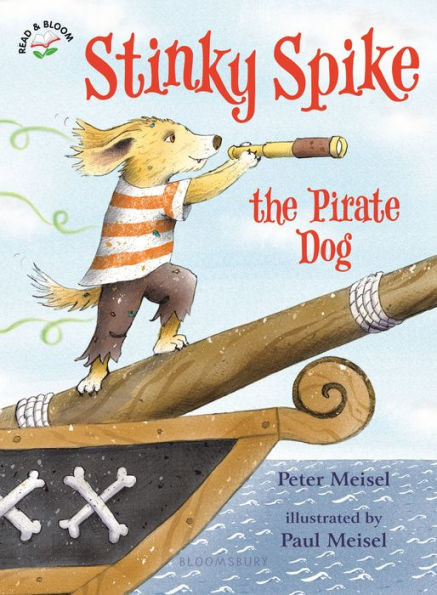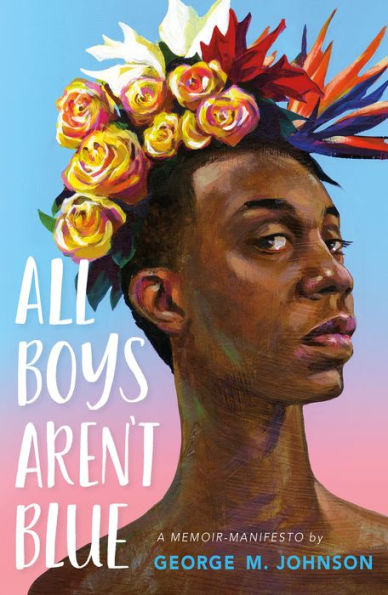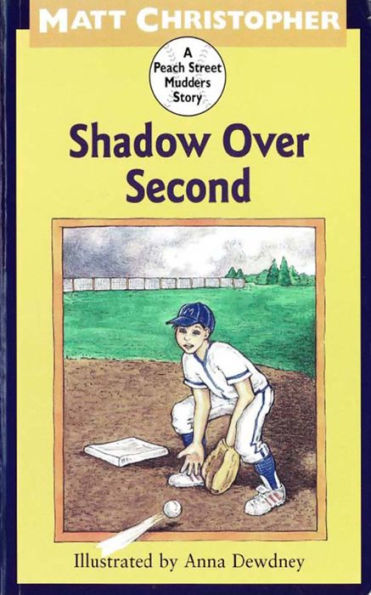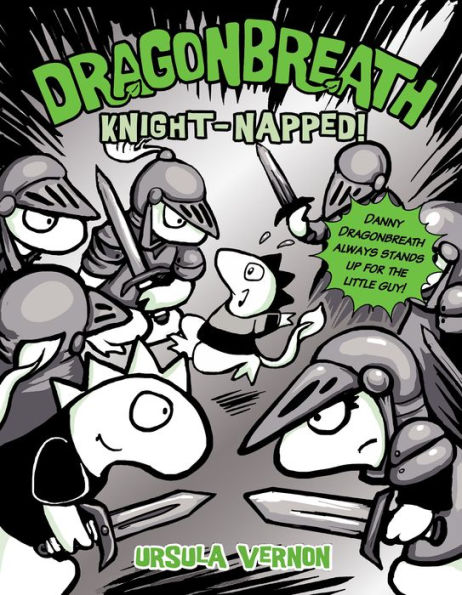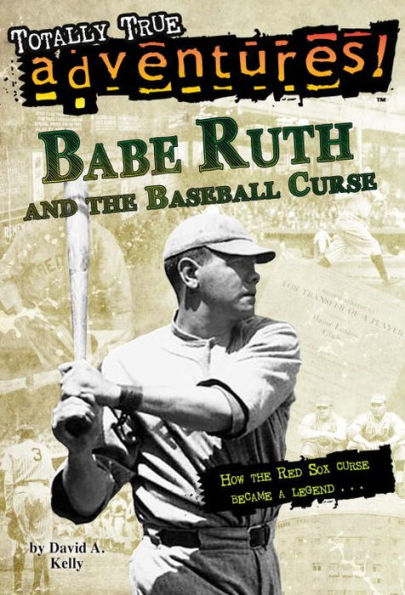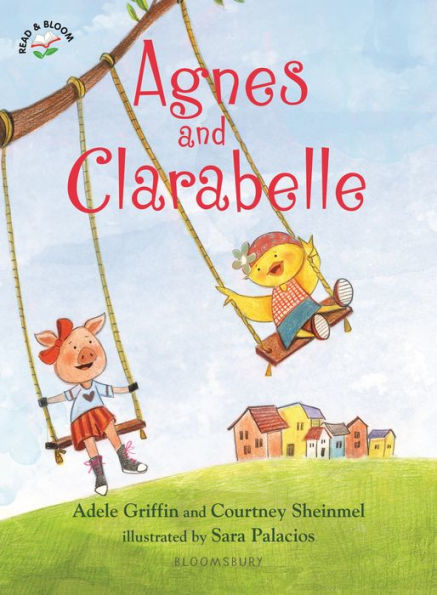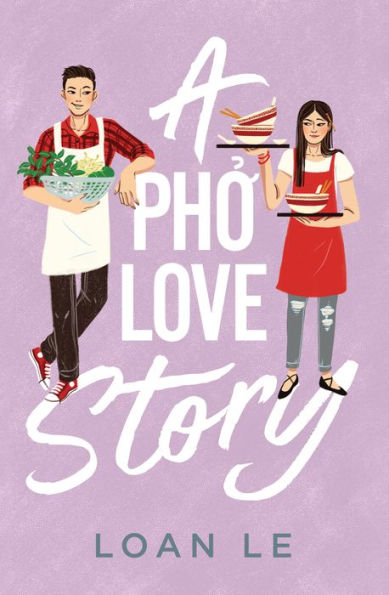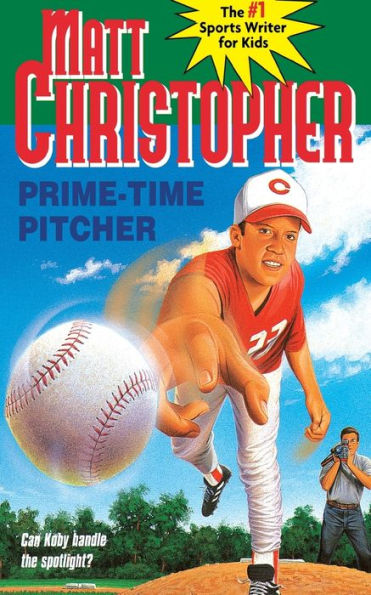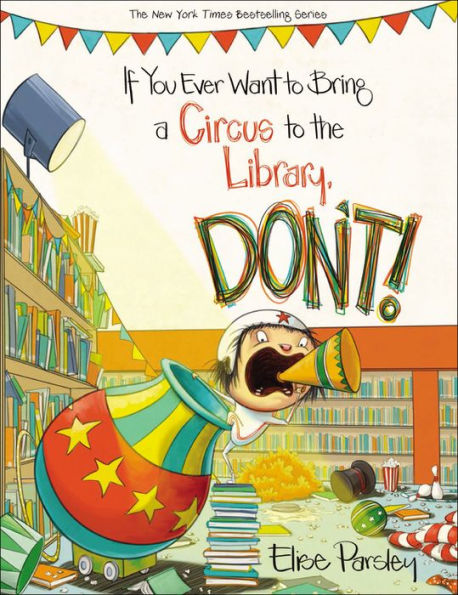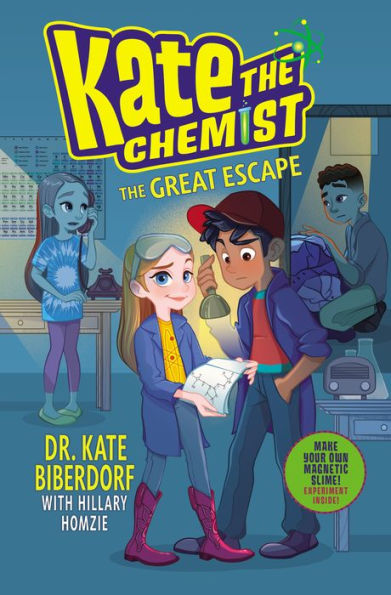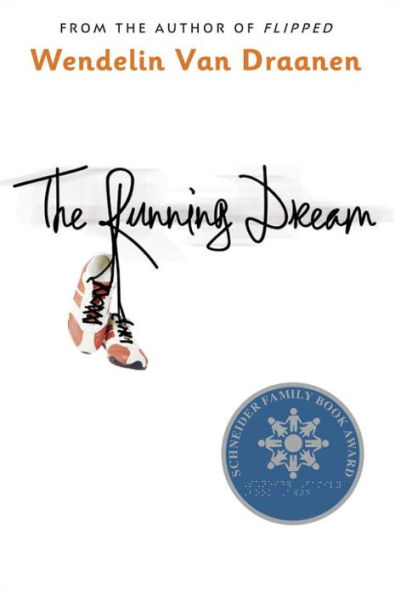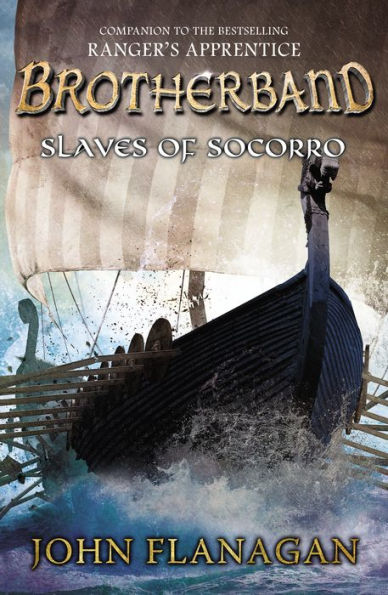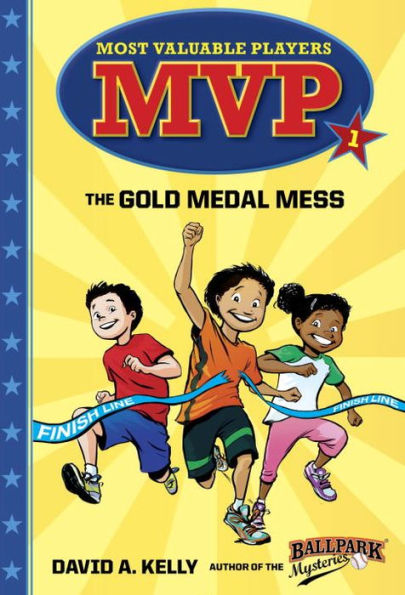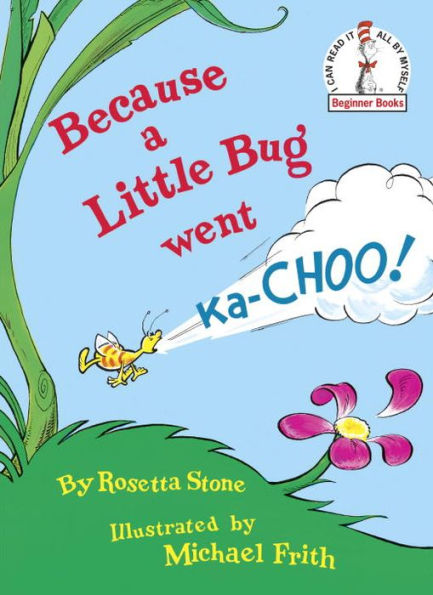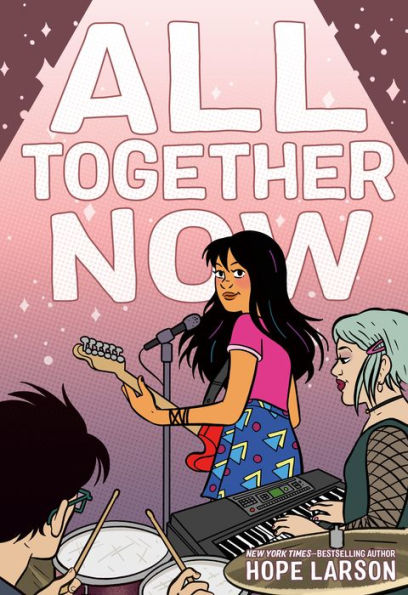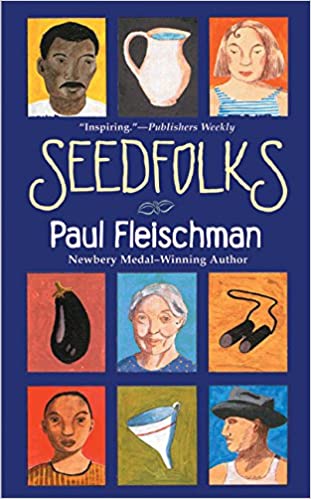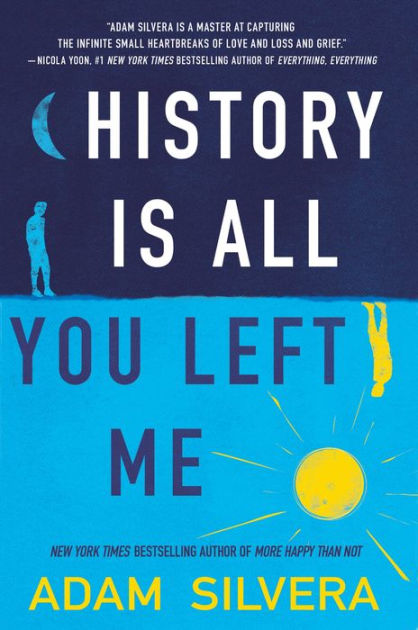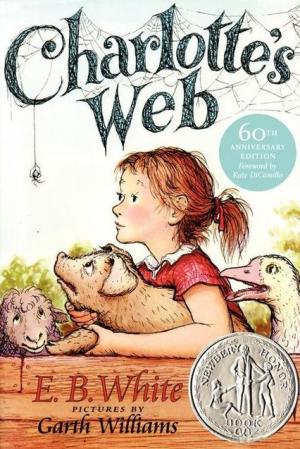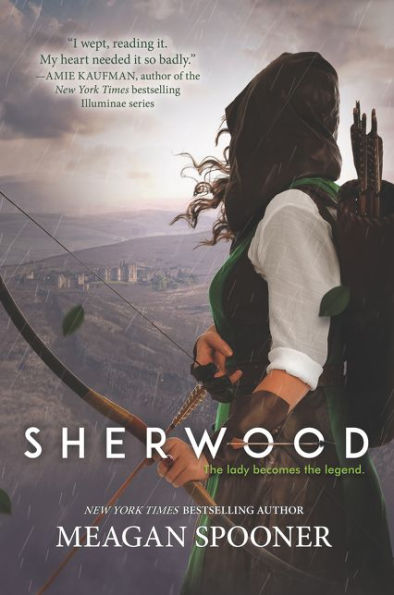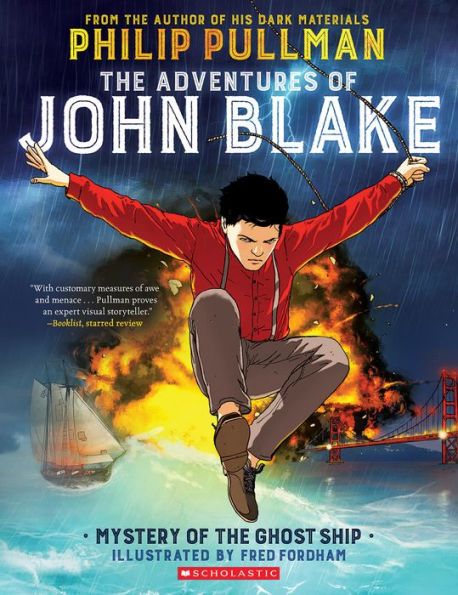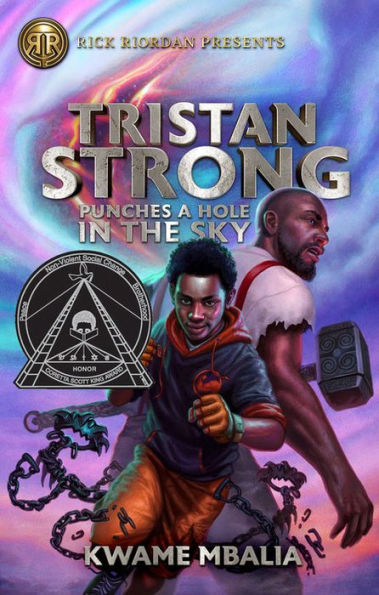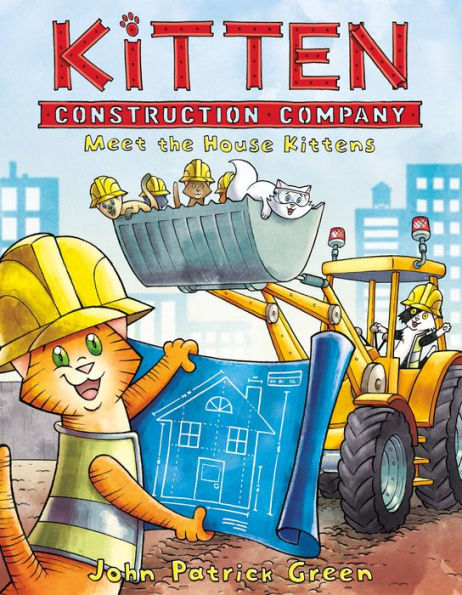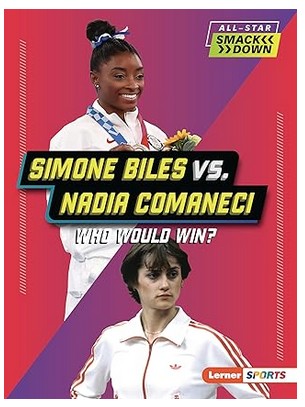Griffin Jennings is no longer dating Theo McIntyre, but his ex-boyfriend is still his favorite person in the world. In Griffin’s universe, he and Theo are “endgame,” even though Theo is off at college with a new boyfriend, Jackson. Ever since they broke up so Theo could enjoy college, Griffin has been impulsive and reckless. Slowly, he’s been able to manage life without Theo, by holding onto the thought of their future together.
That dream shatters when Griffin learns that Theo is dead. Now, he must speak at Theo’s funeral, watch him be lowered into the ground, and learn to live in a universe without his first love and best friend. History is All You Left Me is divided into two sections. First, it covers Griffin and Theo’s history in the past. Then it switches to the present day as Griffin deals with losing Theo. He befriends Jackson, the person who took his place; Griffin sees Jackson as the only person who understands his grief. Additionally, the story details Griffin’s relationship with Wade, Theo’s childhood friend, and how their group of three was impacted by Theo and Griffin dating and breaking up.
In the end, Jackson and Griffin come to terms with the fact that they both loved Theo, but in different ways. Griffin says, “I’m hit with a realization: the Theo you were with him isn’t the Theo you were with me, and maybe that’s okay.” Though their story is fraught with complications, jealousy, cheating, and impulsive hook-ups, History is All You Left Me is a story about learning to navigate the world when you lose someone you love.
Griffin narrates the book in the first person, often voicing his thoughts directly to Theo as “you” – such as “you’re still alive in alternative universes, Theo.” The story switches from the present to the past, which allows readers to immerse themselves in Griffin’s headspace as he grieves and remembers Theo via the history they shared.
As a main character, readers may not relate to Griffin because of his impulsiveness and jealousy. By sleeping with Wade and Jackson, he seeks to get revenge on Theo. However, this book is much more complicated than what is on the page. Griffin also struggles with OCD compulsions that contribute to his behavior. In addition, dealing with grief causes people to do things they normally wouldn’t consider. Griffin is experiencing two kinds of loss: first, losing his boyfriend to someone else, and second, losing his best friend to death.
Even though Griffin’s actions may not be relatable, he is a well-developed and complicated character who deals with grief realistically. He doesn’t hide his pain and is willing to admit he has done wrong, which makes him human rather than a hero. His guilt and regret are genuine and devastating—sadly, there is no happy ending; rather the ending emphasizes the process of learning to be happy again while still preserving history. A certain amount of moving on is necessary too. For Griffin, that comes in repairing a friendship with Jackson and trying out a relationship with Wade as all three of them learn to live without their versions of Theo McIntyre.
Sexual Content
- Griffin kisses Theo after a trivia game night, in which they win a plastic sword and shield. Once they take their prize, Giffin “lean[s] over to give Theo a thank-you kiss.”
- Griffin thinks about having sex with Theo. Griffin doesn’t “know if Theo is smiling because he’s imagining us having sex or because he likes making me uncomfortable, but I do know that I don’t have the balls to continue this conversation.”
- While they’re doing a puzzle in Theo’s room, Theo asks Griffin to have sex with him. Theo “immediately holds my hand and kisses me. We lie down. When our shirts finally do come off, it’s different from all the times we’ve gone to the beach, since we’ve never held each other shirtless . . . And just like that we’re naked in my bed . . . It’s weird how it’s nothing like I thought it would be from the countless hours of porn watching I’ve clocked.”
- After having sex, Theo says, “I’m Theo McIntyre, a dude who just had sex with another dude!”
- At a birthday party in central park, Wade, Theo and Griffin’s friend, says, “Just don’t have sex out here or I’m calling the cops.”
- Wade talks about Griffin’s sex life with Theo a lot. Later, Wade says, “You came out to each other, made out, banged out, and now came out to your parents. You’re as out as it gets.”
- Wade accompanies Theo and Griffin to buy condoms and they run into Griffin’s father. They both feel awkward. “’Protection is good,’ Dad says. ‘You can’t get pregnant, but there are other dangers.’ Griffin tries leaving the aisle, but his dad cuts ahead. Griffin’s dad says, “Wait. We should be able to talk about this. This doesn’t have to be embarrassing . . . Your mom and I were thinking about sitting down with you soon to talk about this stuff—to talk about sex . . . Wait. Have you both already?” His father ends up buying the condoms for them, but the boys vow not to use them because it would remind them of the awkward situation. This scene is described over five pages.
- Afterward, Wade says, “Good going guys. Do you think your dad is trying to figure out who’s the top and who’s the bottom yet?”
- While working on Theo’s college admission essay, Griffin kisses Theo. Theo says, “Screw college, let’s have sex instead.”
- On Griffin’s birthday, Griffin says, “I woke up to a video from a shirtless Theo for my eyes only.” Later that day, Theo can tell Griffin is thinking about something. Theo says, “You’re supposed to be able to talk to me when something’s up. If you don’t the Bad Boyfriend Council will show up at my house and give me a demerit.” Griffin replies, “What happens when you get too many demerits?” Theo says, “I’ll be sentenced to an entire month without masturbation or sex. You got to save me here.”
- Griffin visits Theo’s dorm. “The single bed is unmade. It’s so small, and whenever Jackson slept over, you two must’ve been forced to really push up against each other so no one fell off the edge. I have no idea when you and Jackson had sex for the first time, but the first time you casually mentioned it to me was a couple of months after you were already dating him, a little joke as if you were testing the waters to see if I would laugh. I did, but I knew you could tell it hurt me, because you never brought it up again. Either that or you and Jackson stopped having sex, which, let’s be real. . . I know you.”
- Because Theo liked zombies, Griffin created a “zombie kiss” for him, where he nibbles Theo’s cheek. Jackson later shows this to Griffin. “Jackson nibbles on my [Griffin’s] cheek, doing a very stupid growl. He stares into my eyes afterward and smiles . . . he doesn’t know I know all of this. You taught him something personal to me . . . I grab Jackson by the back of the neck and kiss him – a straight-up kiss where my tongue finds its way into his mouth and his massages mine back . . . His fingers rake my lower back as he pulls me so close to him our chests are pressed together, hearts hammering against one another. I push him backward, and he probably thinks I’m done, that I’ve come to my senses or something, but I take off my shirt and send it sailing across the room.” To Theo, Griffin says, “I want you to watch me have sex with your boyfriend.”
- When Theo visits home, he kisses Griffin and says he will break up with Jackson.
- After Wade hears about this, he lets Griffin know that Theo doesn’t intend on breaking up with Jackson. “I have to tell you something. Theo got a single room for his sophomore year so he can have more private time with Jackson . . . Stop defending him, Griffin. And stop putting him on some throne.”
- Griffin and Wade kiss: [Wade] pulls me into a hug, which is rare. But I need it. I hug him back. Then [Wade] kisses me, which is unimaginable . . . I stop kissing Wade. He’s Theo’s best friend. Wade doesn’t apologize. He stares at me, probably expecting me to punch him or run away. He’s no longer the same Wade I grew up with and this dizzies me, even more so than the news of Theo getting a single room so he can pretty much live with Jackson . . . So I kiss Wade again. I kiss him because he’s Theo’s best friend.”
- Griffin and Wade have sex multiple times. Griffin takes “off my shirt and pull[s] off Wade’s too. I climb on top of Wade and he sinks to the floor, flat on his back, and I kiss him a lot like Theo kissed me the last afternoon we had sex. It’s not long before we make it into his bed, completely undressing ourselves, and Wade confesses this is his first time. . . Theo is never going to take me back. Not after he learns I’ve had sex with Wade five times already.”
- Veronika, one of Jackson’s friends, meets up with him and Griffin and reveals that she had an abortion. When someone comments on her Facebook status, Veronika gets upset and says, “Did my Facebook status mention I broke up with the latest love of my life because of the abortion I had to have? Did my Facebook status tell you all about how I wasn’t ready to be a mom and he wasn’t ready to be a dad and how we agreed this was a bad time, that we would go to the clinic together and he would hold my hand through this? Did my Facebook status tell you he didn’t show up and hasn’t responded to any of my texts? . . .I lose a part of myself and lost a little person who was growing inside me and was going to look like me . . . I’ll never get to be this kid’s mom.”
Violence
- One of Griffin’s cousins tells him to get over Theo, prompting a fight with Griffin. He narrates it like this: “I lunge at the bastard—I hear the gasps of my mom and Rosie, some cheers from some younger cousins, screams from others—and my dad catches me before I can snuff him, dragging me back toward the kitchen while Remy laughs.”
- Theo drowns, but it is not described because Griffin didn’t witness it. However, Jackson admits that, instead of trying to save Theo himself, he went to get a lifeguard. Griffin is angry so he says, “’I would’ve never stood by and watched Theo die!’ Jackson jumps up and he holds my arms. I don’t know if he’s trying to stop me from shaking or keep me from walking out, but I break out of his grip and punch him in the face, which surprises both of us, and then I punch him in the face again, which only surprises him.”
Drugs and Alcohol
- Russell, Theo’s father, goes “out for a smoke” occasionally.
Language
- Profanity is used occasionally. Profanity includes: damn, shit, hell, dick, bitch, and ass. Fuck is used less often. For example, the weather is described as “fucking freezing.”
- Slut and whore are both used once.
- Griffin says to Theo, “I’m sorry. That was a dickhead thing to say. I need a condom for my mouth.”
Supernatural
Spiritual Content
- Griffin’s grandmother is religious and asks him if he’s prayed today. Griffin says, “I prayed this morning.” Then he thinks, “lying about prayer would’ve felt a lot more sinful if I ever believed in God, but well, those thoughts are better suited for someone with reasons to believe in the miracle of resurrection.”
- Griffin’s family prays at Thanksgiving.
- Jackson and Griffin talk about God while wishing at a fountain. Griffin says, “Look, there are so many coins in here. People thought their spare change could buy them stuff, like actual riches or something else. We’re all suckers.” Jackson says: “I always thought it was more religion than fantasy. Ignore everyone throwing in money for more money. Everyone else is praying. Throwing a coin into a fountain is a little less disappointing than praying in some church. You go straight to the Big Man’s house, you expect results.” Griffin says: “How the hell can you believe in God? After Theo?” Jackson replies: “I don’t spend my Sundays at church, but I’ve always taken to the idea of bigger plans. I had big plans with Theo – now I don’t. There’s got to be something to take away from this. I refuse to believe he died pointlessly… I’m not going to give God the silent treatment because I’m pissed off Theo is dead. Theo believed in God.”
- Griffin speaks to Theo in his mind about going to church: “I should remind Jackson where I stand on this God character, but this place is beautiful . . . You [Theo] never mentioned going to services with Jackson, but I guess I wouldn’t be surprised if you did. I’m trying to be respectful here, but my feelings on faith at the moment are the same feelings I have for the church itself—beautiful and promising on the outside, but possibly disappointing on the inside.”
by Madison Shooter
